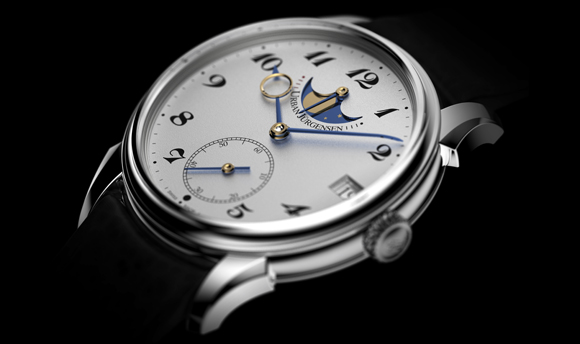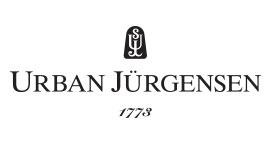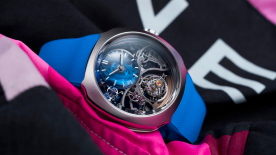Many of the types of decoration that we now consider as aesthetic on a watch or movement started off as a means of hiding minor imperfections in the surface of the metal (circular graining, Geneva stripes, engine turning) or preventing rust – a problem that was much more prevalent in early pocket and wristwatches before the invention of the humble O-ring gasket that made watches water resistant. Just as the flame bluing of hands, as well as mirror polishing, were done to prevent rust, the “finition en grenaillage” developed by Abraham-Louis Breguet served the same purpose. This particular form of finishing did not attempt to polish a surface but rather to roughen it using brushes with metal bristles to create tiny impressions before applying acids to the structure created, either on a dial or a mainplate or bridge.
In order to produce the finish, Breguet brushed the brass surface of a component with aluminium powder, which reacted with the brass and transformed a smooth surface into one with a finely powdered matte appearance. He then mixed mercury with gold to form a precious-metal slurry that could be used for coating the component. The component would then be heated to evaporate the mercury, leaving the gold coating on the surface. The resulting finish was remarkably long-lasting, allowing Breguet timepieces to resist corrosion for well over a hundred years. But concerns about the toxicity of mercury (the only metal that is liquid at room temperature) led to other approaches to achieve the same end. In any case, the resulting finishes created a unique structure to the dial, adding a special sheen that allowed it to capture and reflect light. Like the appealing blue colour created by the flame treatment of hands, grenage therefore also added an aesthetic enhancement to the dial.

Urban Jürgensen’s use of this rare technique takes a more modern, less toxic approach and a higher quality solid silver dial, rather than a brass dial base. The dial is first engraved with ultra-shallow recesses for the hour markers, numerals and any other inscriptions, such as text. These recesses are then filled with lacquer, with the excess material polished off once it has dried, using increasingly fine diamond paper. The actual graining layer is then built up gradually using brushes with metal bristles and a secret mixture of silver powder, various salts and other ingredients. An electrochemical reaction creates the beautiful frosty finish on the dial. The difference between this finish and those achieved by more industrial processes such as micro-blasting and satin brushing are immediately apparent. What’s more, no two “grenage” dials produced by hand will ever have the same appearance.
Just as a watch movement produced in the traditional manner can be repaired as long as there are classically-trained watchmakers around to do so, the grenage finish on the Urban Jürgensen dial can be refreshed in years to come without any need to change the dial. If the finish wears down the dial can simply be repolished and refinished.
Read more about the Urban Jürgensen 2016 collection.
See our special feature article on the different types of finishes in watchmaking.








